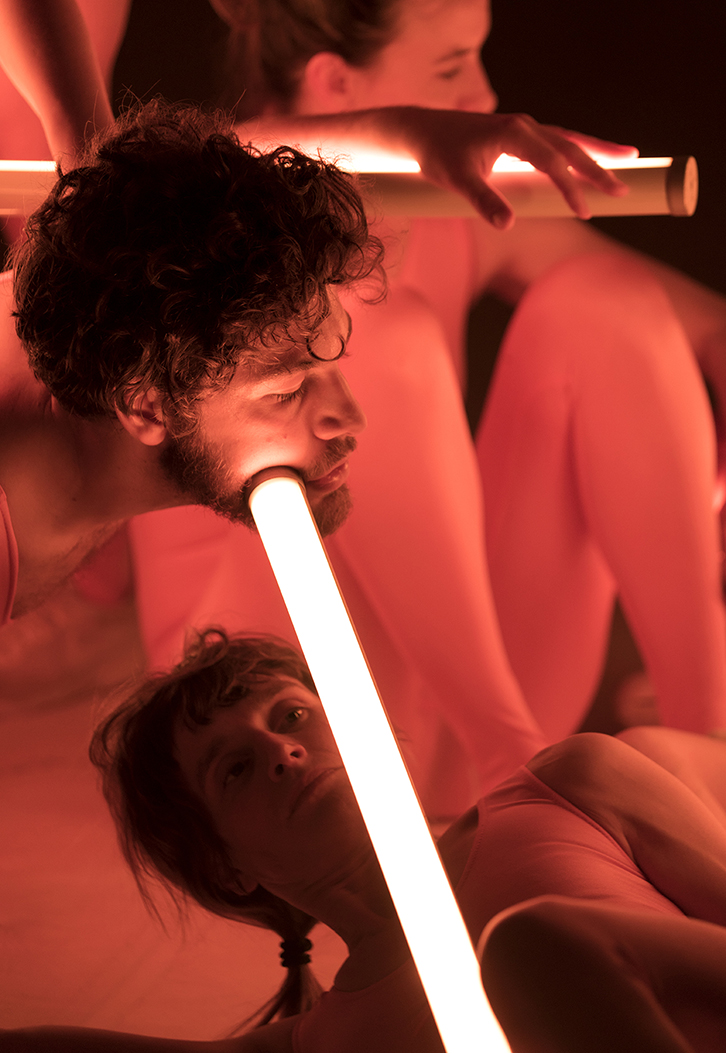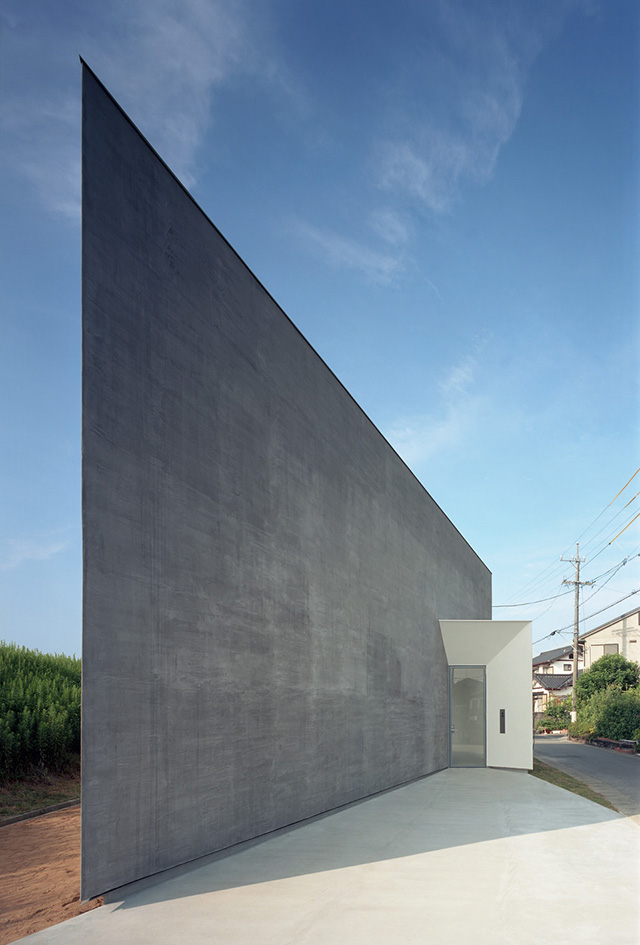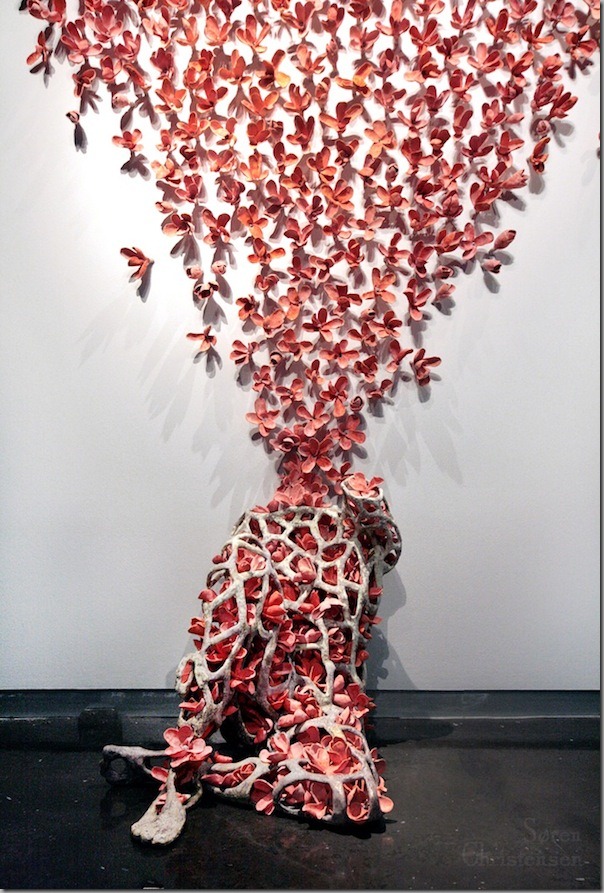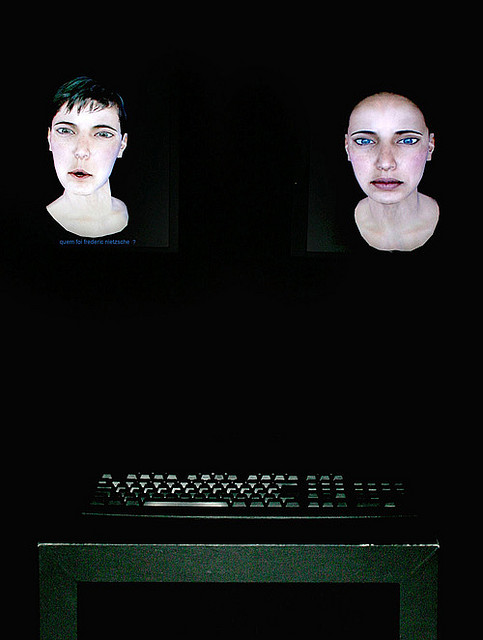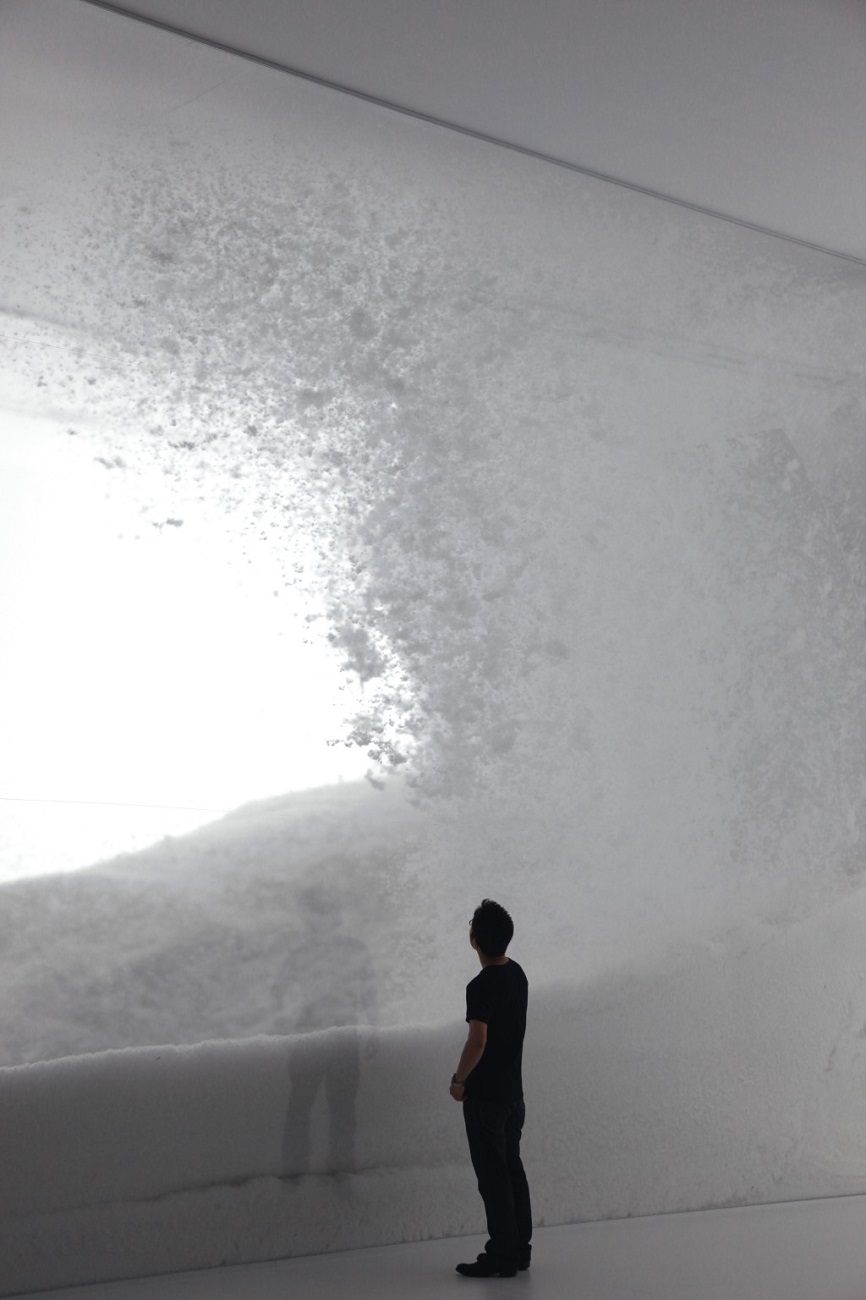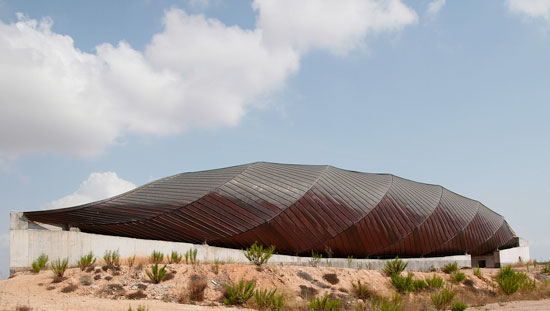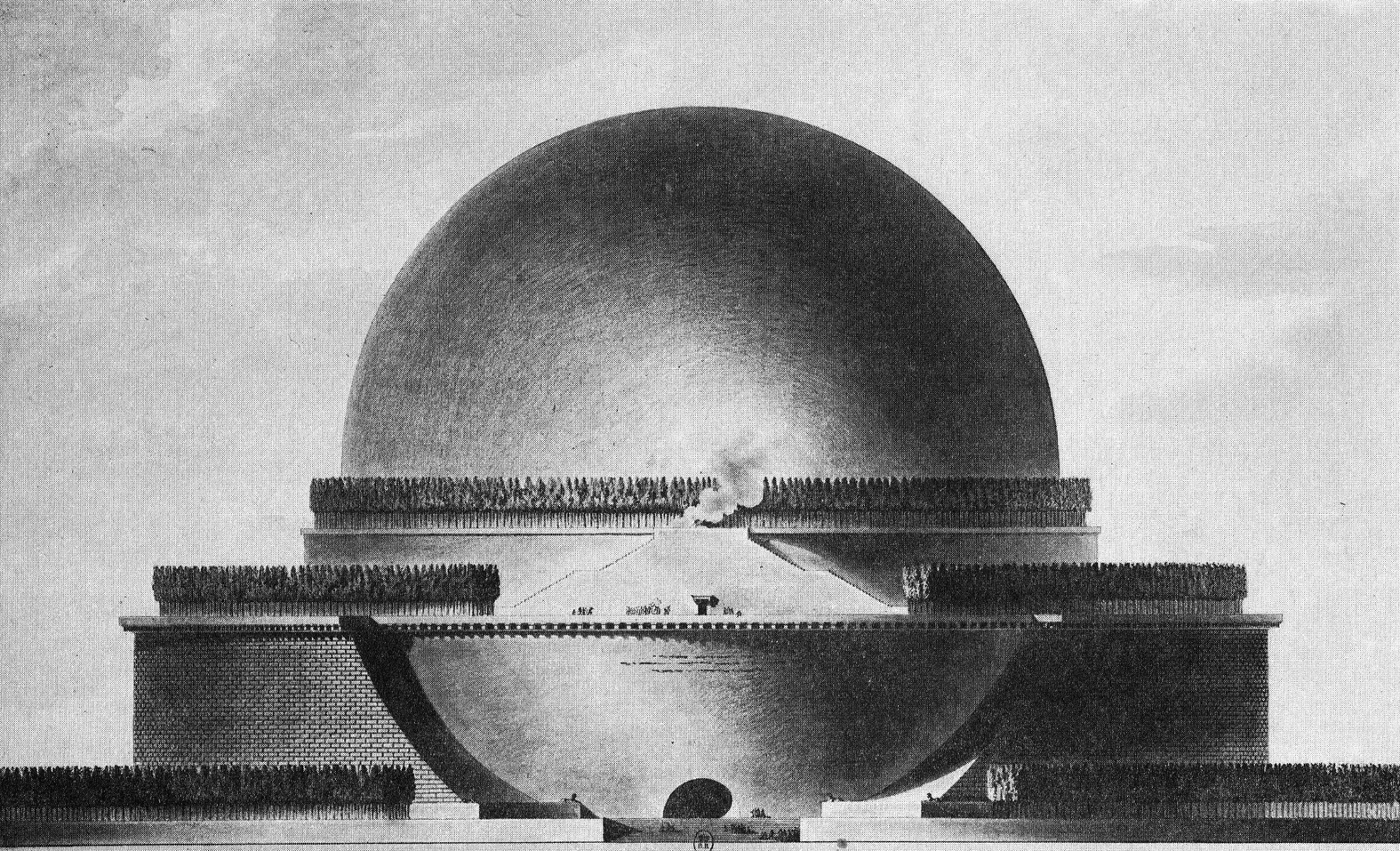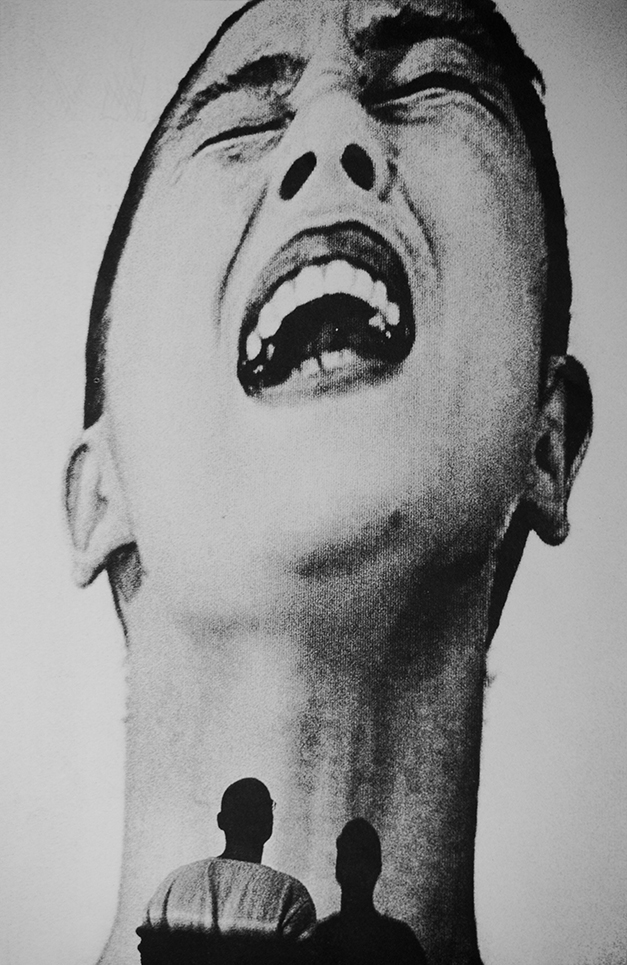
HENTSCHLÄGER AND LANGHEINRICH
Akemi Takeya
Granular Synthesis
“From a few expressions on the face of the performer Akemi Takeya to a frenzied exploration of the alter ego, any known context of meaning ends in the dissolved movements, is stalled in denaturalized redundancy, in machine pain. The semantic void is too loud to be amenable to meditative reception. The frontal images, the rhythmic structures generate contradictory emotions and great strain.”







